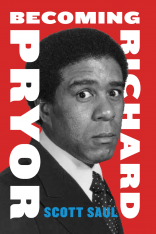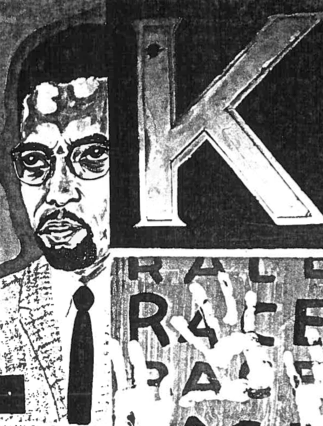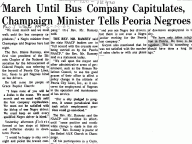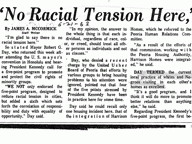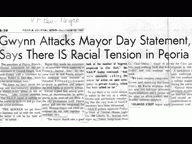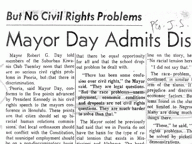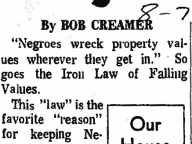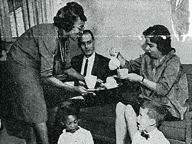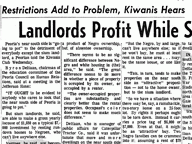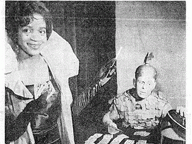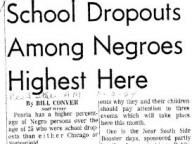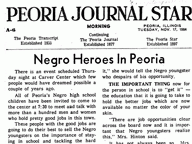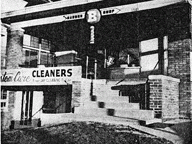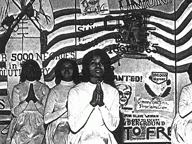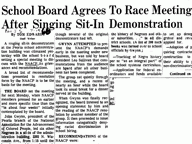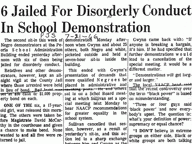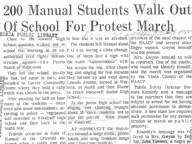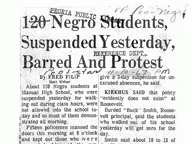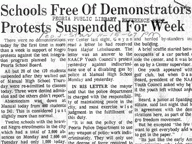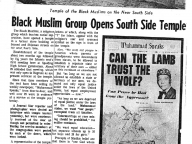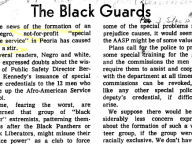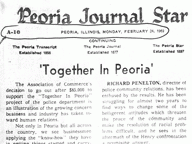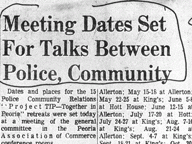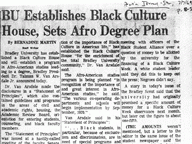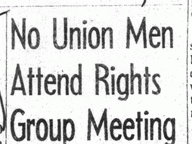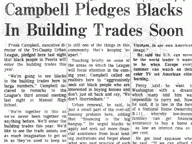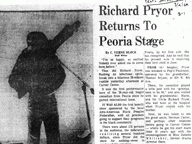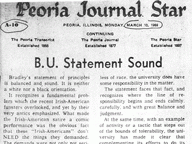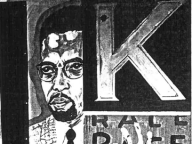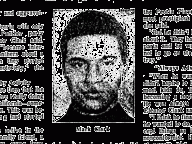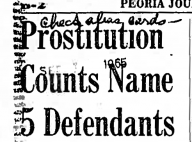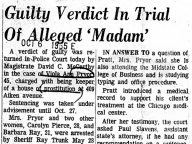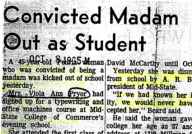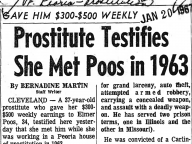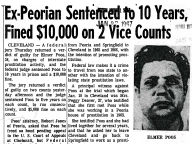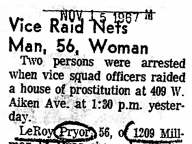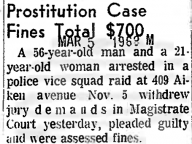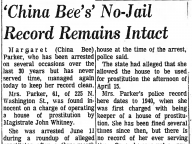1963–1969: Civil Rights Hits Peoria
In 1962, Richard Pryor left Peoria to try his fortune on “the road,” hoping to catch a break as an entertainer. Seven years later, in 1969, he returned to Peoria to perform there for the first time since his departure — and landed in a city that had been transformed in the interim. More dramatically than ever before, black Peorians had organized to make vocal demands on the city’s political structure, school system, and business establishment.
Taking It to the Streets
Peoria’s Civil Rights Movement coalesced in the summer of 1963, the summer of the famed March on Washington for Jobs and Freedom. Peoria’s movement was particularly focused on the “jobs” side of the equation: the local NAACP chapter demanded that Peoria’s City Hall open up more positions to blacks; picketed the power company for having only two black employees on a payroll of 600; and spearheaded a bus boycott aimed at forcing the bus company to hire black drivers. A year later, the Peoria Journal Star opined that, after the activist wave of 1963, “business and industrial leaders themselves” had worked “to open up job opportunities for Negroes” and that the efforts had “succeeded beyond all expectation.”
Activists in the movement were not so easily satisfied. The NAACP turned increasingly in the mid-to-late-‘60s to the problem of inequality in Peoria public schools. Here the demands were employment-related (more black administrators, teachers, custodians) as well as curricular (replacement of “biased, stereotyped school books”, the teaching of African-American history). By shifting to the issue of education reform, the NAACP began involving young blacks as never before. Students at Manual High School staged a mass walk-out, part of a wave of activism that led Peoria’s school system to embark on a voluntary plan of desegregation through busing.
A Movement with Many Faces
By the time Richard Pryor returned to Peoria in March 1969 to headline a benefit for the Afro-American Black Peoples Federation, a group that advocated for community development, the local civil rights movement was pushing on several fronts at once.
Activists had raised the issue of police harassment and brutality, and city leaders had responded by scheduling the “Together in Peoria” program, where businessmen, police and black citizens would retreat for three days to work through the problem. At Bradley University, student activists had pressed, successfully, for an Afro-American Studies program and a black culture theme house. Employment remained a major concern, with black leaders targeting the building trades for refusing to open up construction jobs to blacks.
The NAACP remained the backbone of Peoria’s Civil Rights Movement, but other black organizations, geared to community self-help and self-defense, proliferated in the period. The Nation of Islam opened a temple on the South Side. A group of twelve men founded the Afro-American Service Patrol to control crime in the community, and were given special police credentials to carry weapons and patrol black neighborhoods. Less successfully, Juliette Whittaker protégé Mark Clark tried to establish a chapter of the Black Panthers. He was visiting Chicago Panther leader Fred Hampton to get recruiting advice when police raided Hampton’s apartment and killed Hampton and Clark both.
Sin City on the Run
During Richard Pryor’s childhood, the main operators of Peoria’s “Sin City” had been well-known businessmen. By the mid-1960s, there were few main operators left, and prostitution in particular was targeted by federal and city officials. The case of Elmer Poos—one of several Peorians caught in a FBI prostitution sting and convicted on federal felony charges—spoke to the embattled predicament of those who continued to work the trade.
Richard Pryor’s stepmother Ann and father Buck, involved in prostitution since the 1940s, were suddenly the target of repeated raids on their Aiken Avenue establishment. They were isolated, shunted to Peoria’s margins: after Ann testified at her trial that she was enrolled at a local vocational school as a sign of her character, the head of the school announced that he was removing her from the rolls.
